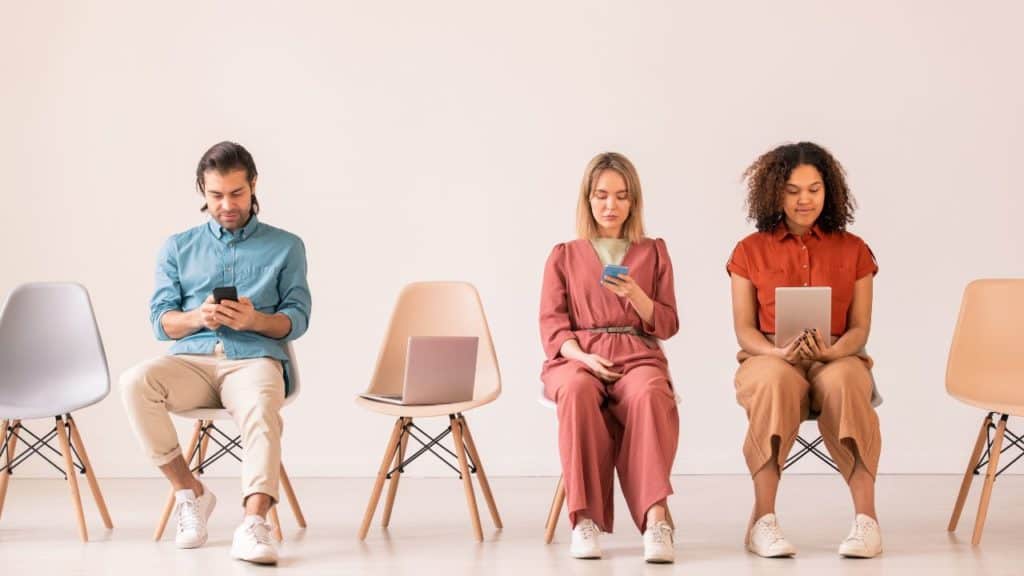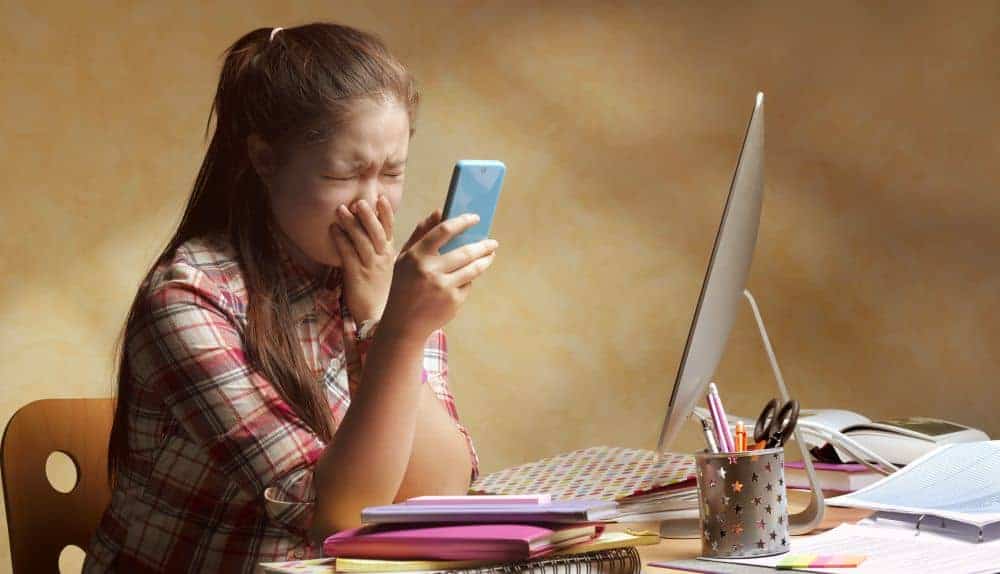It’s hard to imagine any student who doesn’t have any social media today. In fact, this kind of technology has been infiltrating daily lives of any person all over the world. Social media is an important part of how people communicate with each other, promote their businesses, express their creativity, and many other things. You can see how it could be a great asset for a learner!
On the other hand, even though there are many advantages of using this channel of communication in your personal life, there are also some limitations. For example, the younger generation spends more and more time in front of their screens, looking at the lives of other people, and comparing themselves to other users. This can’t be good for your general outlook!

You might not think about it, but social media can be an integral part of your learning process as well. In case teachers think that social media is only about messaging, sharing photos, and hiring an essay writing service, they couldn’t be more wrong! Using any kind of new technologies can be turned into the right direction and used for improving the experiences of everybody involved.
So, are you ready to hear about some ideas about introducing modern technology into the learning process? Here are some benefits and risks of social media in the classroom and the way of balancing them!
Benefits of social platforms for students
First, let’s take a look at some advantages of implementing new technology into the daily curriculum. For example, when you are looking for a write my essay service online, it’s always nice to contact it not through a phone service but via chat. It might not be very traditional, but implementing social media into the classroom can be a great choice for connecting with students!
A platform for peer-to-peer learning
Peer-to-peer learning is a new way of teaching that can be introduced into the classroom and improve overall productivity and grades of all students. Basically, this means that professors divide some of the materials and ask their students to learn together and check others as well. This is just like hiring an essay writer to proofread and verify your homework assignments!
In other words, you can teach each other to some extent and accept more accountability. Here are some ways to introduce peer-to-peer learning through social media:
- group work;
- peer tutoring;
- peer reviews;
- role play;
- problem-based learning.
Remote learning opportunities
This is an advantage that is focused on accessibility and flexibility of both educators and learners. Social media is not only about scrolling through Twitter and Facebook. Zoom and other similar apps can be used for good!
Students who can’t be physically present during their classes can finally be a part of the learning process without having to skip and pay for essay because they didn’t understand the topic.
Creativity and innovation
Since almost all new technologies can promote more and more innovation, you can also use social media to your advantage in the classroom. For instance, teachers can easily offer some sort of challenge online when it comes to homework assignments, especially those that require creativity. Also, professors can also become a part of the online community for innovation!
Engagement with real-world experiences
In this case, teachers can assign projects that require students to use social media to research and analyze current events or to communicate with people from other cultures, which can be done on the internet.
This can help to broaden the perspectives of the learners and prepare them for the real world they will encounter after graduation.
Risks of social networks for students
Now it’s time to consider some of the negative effects that excessive social networking can have on the younger generation and the lecturers as well.
While students can always use the best assignment services on the internet, professors can’t always rely on similar resources. It’s important to remember that teachers can also experience the negative effects of this technology.
Potential distraction
No one can deny that constantly scrolling through Instagram and Facebook can take up a lot of time during the day. This can be a significant downside in case teachers decide to implement some social media elements into their classroom. You definitely don’t want to waste any precious time on checking notifications instead of concentrating!
Cyberbullying

This will always be a concern when online platforms are involved. Online bullying is a huge problem, even though there are plenty of supporting online communities as well.
Teachers need to put some checking mechanisms in place and make sure that their classrooms are a safe space for every student! Here are some tips on preventing cyberbullying in the classroom:
- promote responsible online behavior;
- create a positive school environment;
- educate yourself and other people about cyberbullying;
- involve parents or other teachers if needed.
Takeaway
Now you know about possible advantages and disadvantages of using social media in the classroom. While it might be tempting to use new technologies in your learning process, you should also be aware of the negative sides of such platforms. Teachers, parents, and school administrators can’t always protect their students, so it’s important to stay educated.